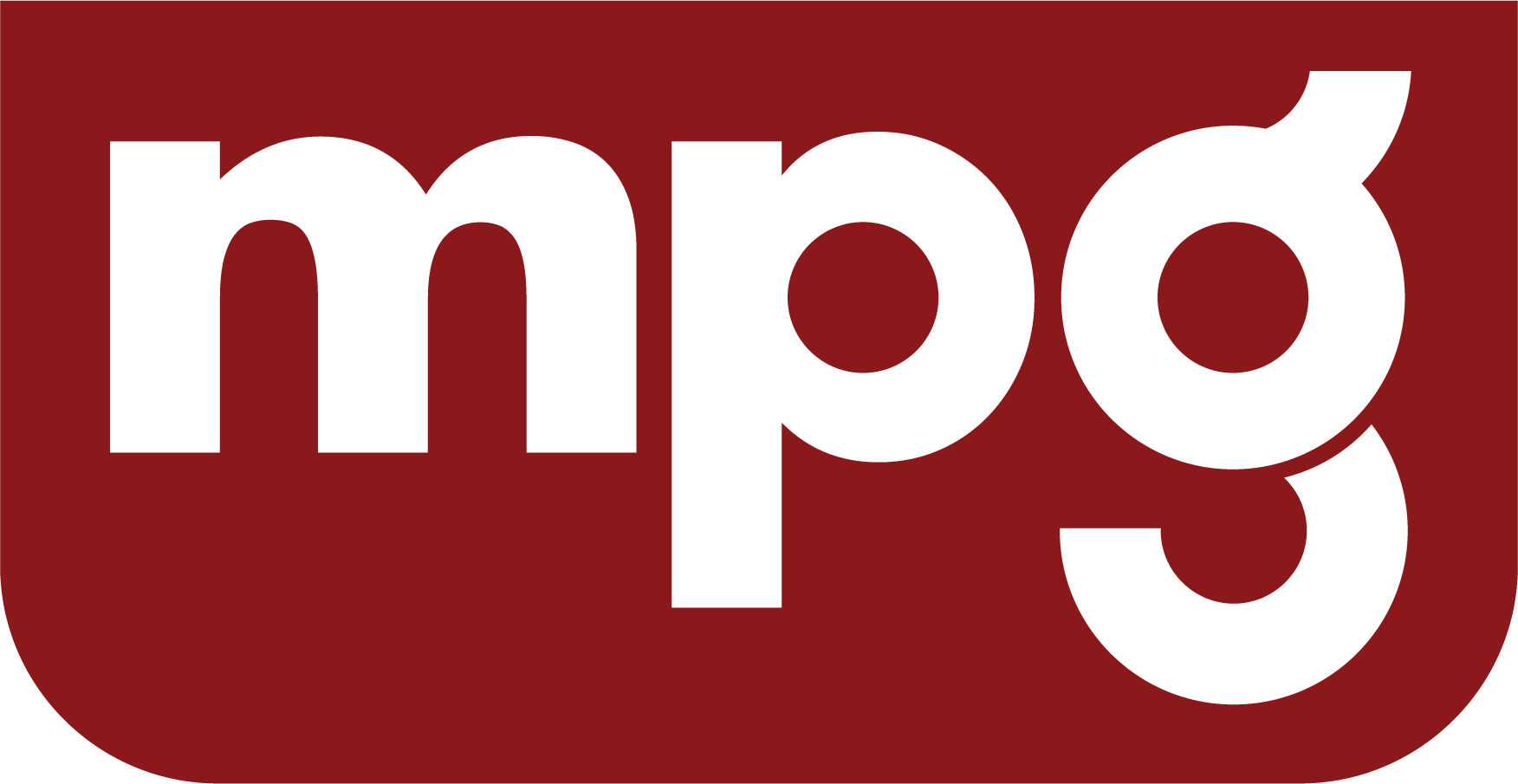menu
menu
Menu
cancel
- arrow_back_iosBacknavigate_nextpersonPersonal
- groupCommunities
- articleBlogs
- eventEvents
- sourceTemplates
- question_answerQuestions
- schoolLearning
- business_centerBusiness
- live_helpFAQ
What are the key responsibilities and roles of a board of directors in overseeing the management and performance of an organization?
How can a board effectively balance providing oversight and guidance without overstepping into the day-to-day operations of the company?
In what ways can a board ensure that it is upholding its fiduciary duties and maintaining accountability, particularly in areas like risk management, compliance, and ethical standards?
How can an organization effectively identify and prioritize the various risks it faces in order to align them with its strategic objectives?
What are the key components of an effective enterprise risk management (ERM) framework, and how can it be integrated into the daily operations of a company?
In what ways does enterprise risk management contribute to a company's competitive advantage, and how can organizations measure the success of their ERM initiatives?
**What are the key differences between an audit and an inspection, and how do each contribute to compliance and quality assurance within an organization?
2. **What are the main steps involved in preparing for a financial audit, and what are some common challenges that organizations face during this process?
3. **How does the role of technology, such as automated inspection tools or audit management software, enhance the efficiency and accuracy of audits and inspections in various industries?
What are the best practices for implementing effective employee oversight while maintaining trust and morale within the team?
